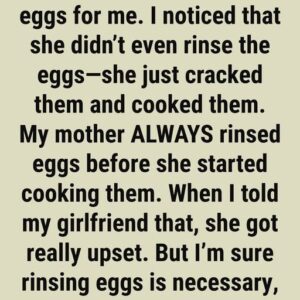Her childhood was a storm few could imagine — violence, racism, betrayal — and a sister who, by her own account, tried to sell her to a pimp when she was just twelve. For years, the world saw only the glittering surface: the diamonds, the Christmas anthem, the radiant smile. But behind the stage lights was a girl who once believed she didn’t deserve to live. Her name is Mariah Carey — and her story is far more than fame.
Born into a home fractured by rage and racism, Mariah grew up in the uneasy borderland between identities. She was too light for some, too dark for others, and constantly reminded of both. The walls that should have sheltered her often echoed with conflict. She learned early that adults could wound as easily as they could protect — and that survival sometimes meant silence.
But in that silence, something holy was forming.
Her voice became the one place she could be whole — a refuge, a prayer, a rebellion against erasure. Every note she sang was a way of reclaiming power from the chaos that tried to define her. Over time, the girl who once hid from the world transformed her pain into beauty so vast it filled arenas and rewrote the sound of Christmas itself.
Behind the sequins and superstardom stands a survivor — one who alchemized trauma into art, despair into devotion, and isolation into a universal song of hope. Her music doesn’t erase what came before; it sanctifies it.
Because Mariah Carey’s story isn’t about what broke her —
it’s about how, against all odds, she turned brokenness into light.





